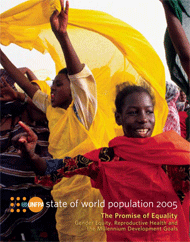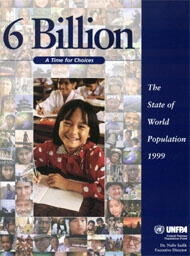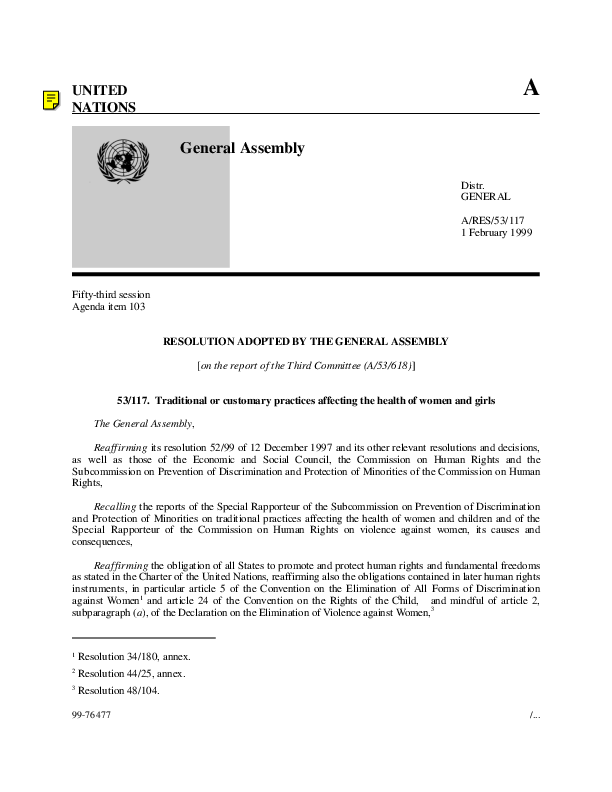How do we improve the lives of the nearly 3 billion individuals living on less than two dollars a day? How can we enable all individuals — male and female, young and old — to protect themselves from HIV? To save the lives of more than 500,000 women who die each year in childbirth? What will it take to show young people living in poverty that they have a stake in development and a hope for the future? For perhaps the first time in history, questions such as these are not simply rhetorical. They have answers: answers that go to the very heart of what it means to be a woman or a man, wealthy or poor.




